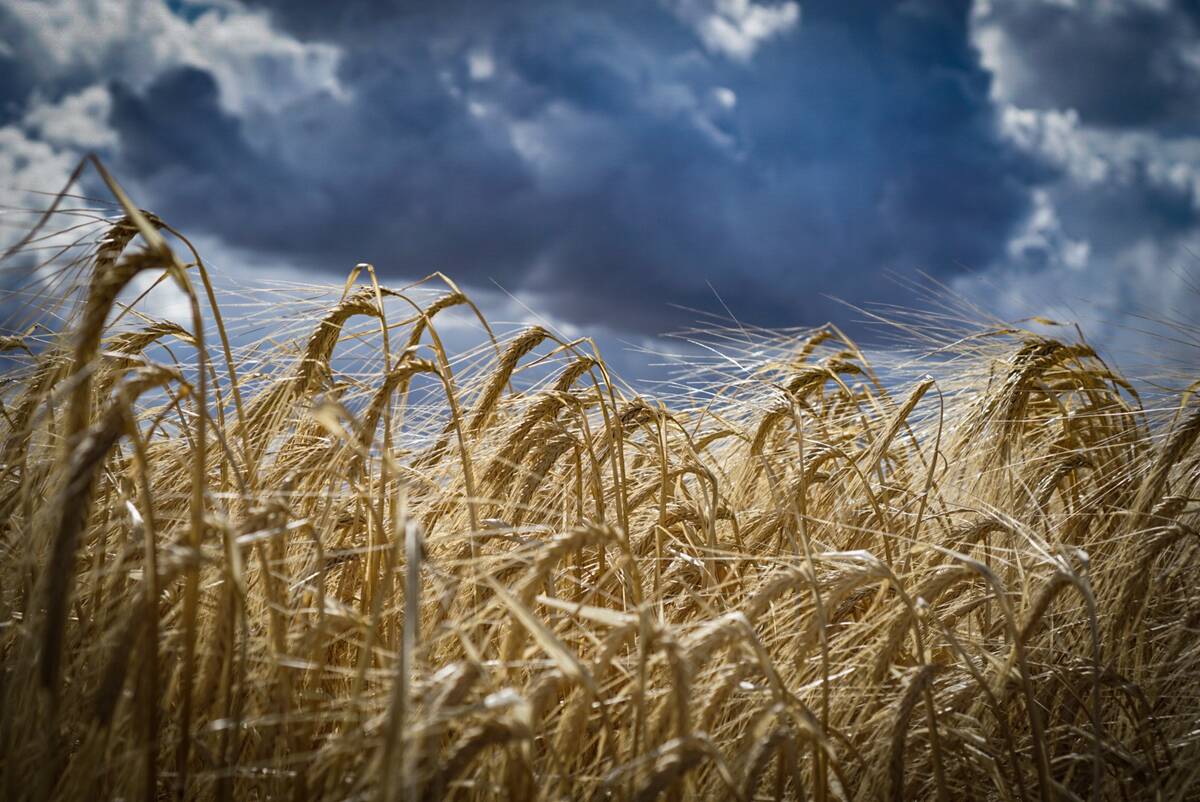LETHBRIDGE – The time has come to put fat back into pork.
An Alberta program intended to create marbled pork will eventually become part of a national grading system similar to what is used to evaluate beef quality.
The initiative started when an eastern retailer suggested the demand for marbled pork was growing. However, Dave Old of Alberta Pork said the industry has no national standards for developing an authorized grading system.
Alberta Agriculture feed specialist Eduardo Beltranena said today’s market hog is raised for leanness, but it is possible to change production practices on the farm to add fat traces to the muscle.
Read Also

Malting barley exporters target Mexican market
Canada’s barley sector is setting its sights on the Mexican market to help mop up some of the lost demand from China
That can be done primarily by manipulating nutrition, but Beltranena said it will cost money.
“Putting down fat is going to come at the end of the growth period and it is going to cost you guys money,” he told a producers meeting in Lethbridge Nov. 12.
To make fat seem more prominent in the meat, the colour can also be manipulated by feeding barley.
Alberta Pork has contracted a private company to help with the marbling initiative. As well, tests are being conducted with help from Maple Leaf Foods and Agriculture Canada’s research centre in Lacombe, Alta., to assess meat quality from lean to fat.
Taste panels in Lacombe offered people samples of pork from one to six percent fat. Most rejected the six percent raw pork but preferred it when it was cooked, rating it as the tastiest and juiciest.
Old said the standard would probably allow for one to three percent fat traces. The first pilot projects offering marbled pork will start with restaurants.
He said the beef industry standards for meat quality, colour and marbling levels established in 1992 could be followed.
Beef uses a prime grade for the highest level of marbling, followed by the AAA grade with abundant marbling while A is the leanest.
When the grading system was changed, the A grade appeared in about 40 percent of the graded carcasses while 17 percent were AAA. In 2006, only four percent graded A and almost 50 percent were AAA.
Old said most pork carcasses would fall into the A category.
Introducing a similar system would involve ribbing the carcasses, which is splitting them sideways to see the middle of the loin for quality evaluations.
The pork industry would need better technology that could keep up with the speed of a large plant. As well, a way would have to be found to pay farmers for producing it.















